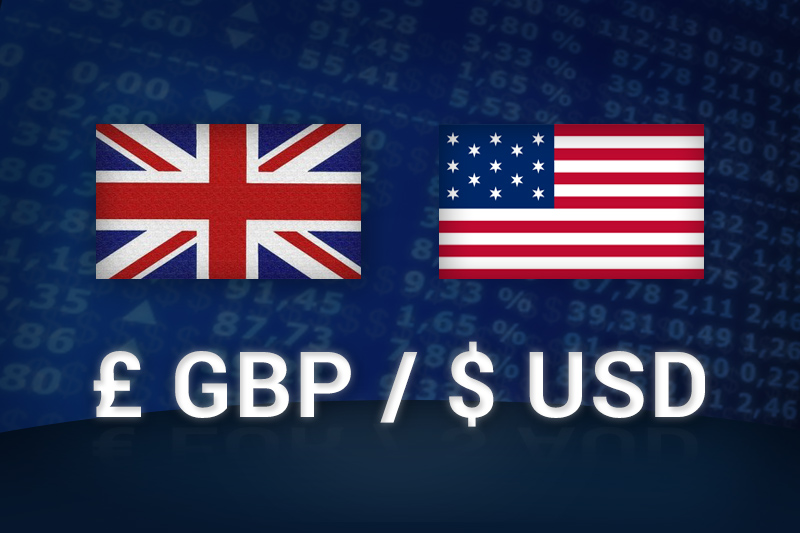Investing.com - The pound was largely unchanged in holiday-thinned trade against the U.S. dollar on Monday, as market participants assessed the health of the U.S. economy and the need for further easing following Friday’s dismal jobs report.
GBP/USD clawed back from 1.5836 during European morning trade, the daily low; the pair subsequently consolidated at 1.5867, easing down 0.03%.
Cable was likely to find support at 1.5804, the low of April 5 and resistance at 1.5916, the high of April 4.
Trading volumes were expected to be thin as markets in the U.K. and the euro zone remained closed due to the Easter holiday.
The U.S. Department of Labor said Friday that nonfarm payrolls rose by a meager 120,000 in March, the lowest since December and well below expectations for a 203,000 increase.
It was the first time since November that hiring failed to top the 200,000 level, renewing concerns over the health of the U.S. economy.
The unemployment rate ticked down to 8.2%, the lowest since January 2009, from 8.3% in February. However, the data showed that the decline stemmed entirely from people dropping out of the labor force.
The weaker-than-expected data revived expectations that the Fed may conduct a fresh round of quantitative easing, which would weaken the dollar.
Meanwhile, official data released earlier showed that consumer price inflation in China accelerated by 3.6% in March, up from 3.2% in February and above expectations for a 3.3% increase.
The higher-than-expected reading dampened expectations Beijing will introduce fresh monetary easing measures to prop up the world’s second largest economy.
A deeper slowdown in China, the world’s second biggest economy, would impair a global expansion that is already faltering because of the implementation of harsh austerity measures in Europe.
Elsewhere, the pound was mildly higher against the euro, with EUR/GBP dipping 0.1% to hit 0.8242.
GBP/USD clawed back from 1.5836 during European morning trade, the daily low; the pair subsequently consolidated at 1.5867, easing down 0.03%.
Cable was likely to find support at 1.5804, the low of April 5 and resistance at 1.5916, the high of April 4.
Trading volumes were expected to be thin as markets in the U.K. and the euro zone remained closed due to the Easter holiday.
The U.S. Department of Labor said Friday that nonfarm payrolls rose by a meager 120,000 in March, the lowest since December and well below expectations for a 203,000 increase.
It was the first time since November that hiring failed to top the 200,000 level, renewing concerns over the health of the U.S. economy.
The unemployment rate ticked down to 8.2%, the lowest since January 2009, from 8.3% in February. However, the data showed that the decline stemmed entirely from people dropping out of the labor force.
The weaker-than-expected data revived expectations that the Fed may conduct a fresh round of quantitative easing, which would weaken the dollar.
Meanwhile, official data released earlier showed that consumer price inflation in China accelerated by 3.6% in March, up from 3.2% in February and above expectations for a 3.3% increase.
The higher-than-expected reading dampened expectations Beijing will introduce fresh monetary easing measures to prop up the world’s second largest economy.
A deeper slowdown in China, the world’s second biggest economy, would impair a global expansion that is already faltering because of the implementation of harsh austerity measures in Europe.
Elsewhere, the pound was mildly higher against the euro, with EUR/GBP dipping 0.1% to hit 0.8242.
